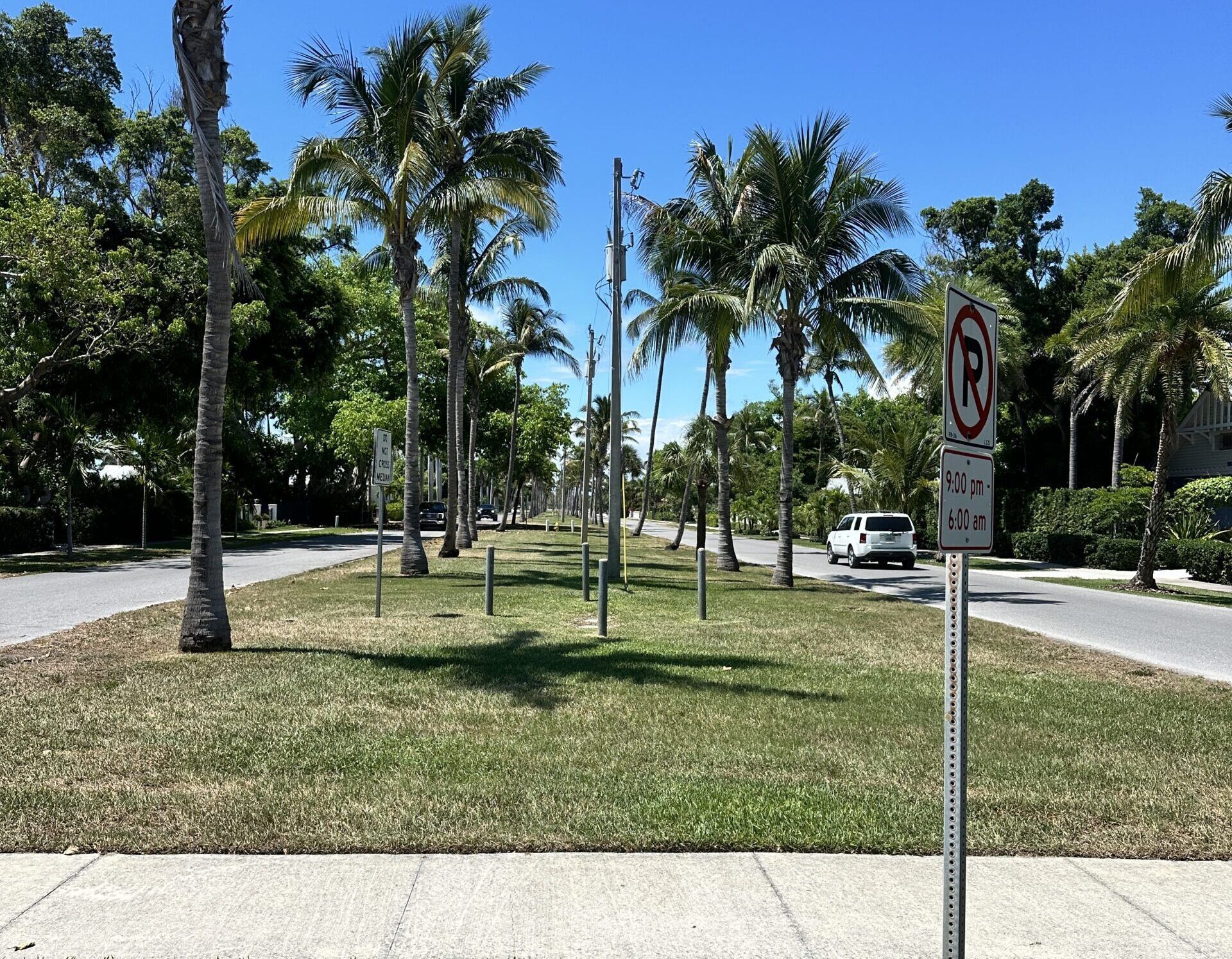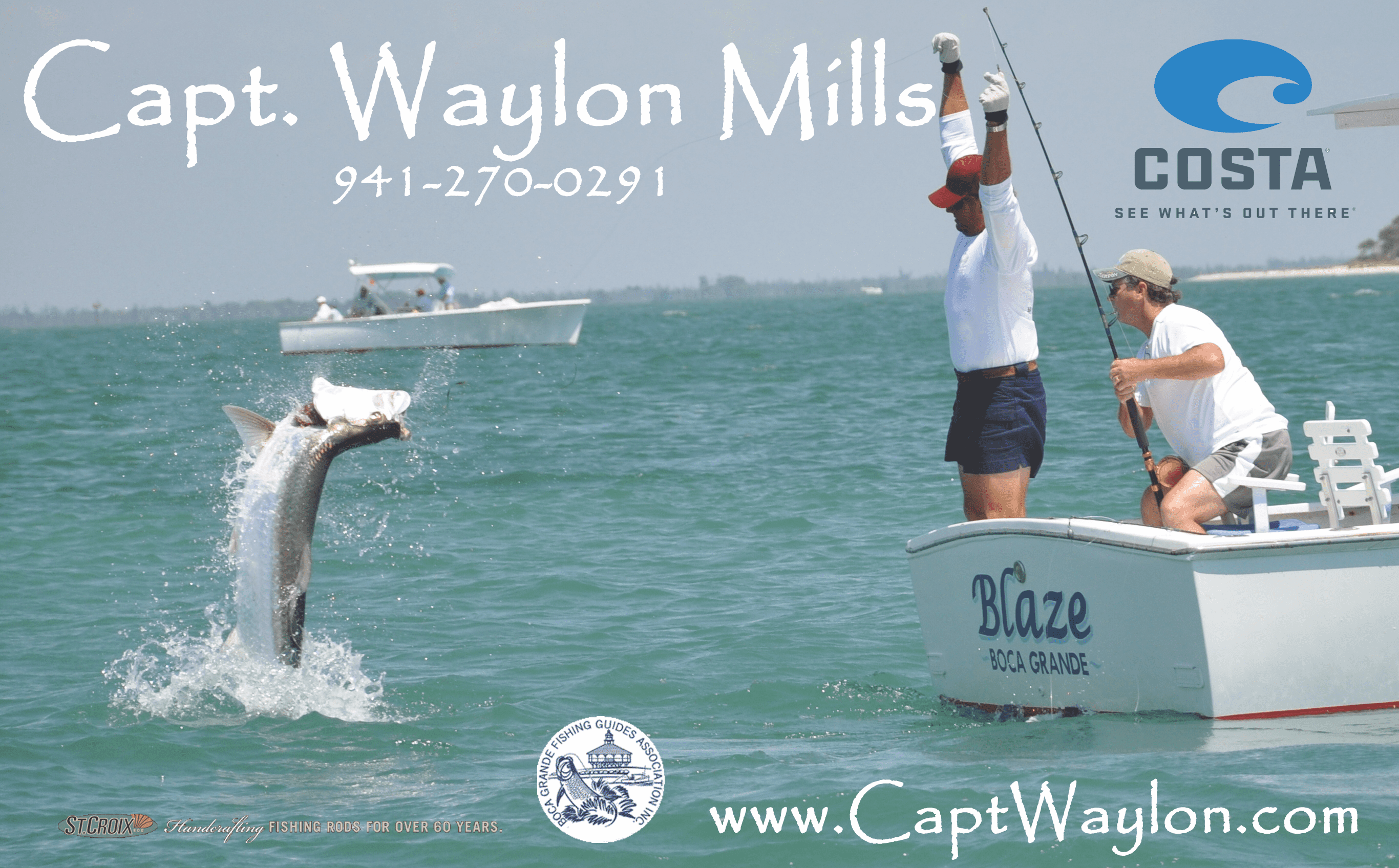Parking for God scheme resolved San Fran mistrust

Issues between churches, parking and median strips are not unique to Boca Grande. Nationally, there have been a couple of cases. The most visible was in 2018, when the San Francisco Municipal Transportation Agency stepped in to ensure equitable use for churches and park users in that city’s mission district, in a unique solution that the local press dubbed “Parking for God.”
“There was kind of an outcry,” said Planner John Knox White, team manager for SFMTA’s streets division. He helped facilitate the neighborhood compromise, which took almost a year, and was between neighbors, visitors, churches and synagogues.
“We sat down and engaged with the neighbors and the faith community,” White said.
White said the issue was twofold. First, there was a need for church parking, as many of the members had been priced out of the neighborhood. There was also the very popular Mission Dolores Park nearby, which overlooks the skyline of San Francisco, at the end of the corridor. It was popular on weekends.
“People were just kind of parking willy nilly,” said White. White said that there was uneven enforcement, so that there was no expectation of when parking would be enforced among residents, or churchgoers. In San Francisco, transit agency planners are in charge of the parking, one of the most comprehensive transportation agencies in the country, essentially “everything between the curbs.”
To come at the solution, there were not only 13 religious organizations, but neighbors and park users talking through experiences, “trying to bring different community voices together.” They convened a group of people together for six months, hearing every side of the issue. “I had made some connections with the interfaith community,” White said.
“We all sat round the table,” White said. “It ended up working. That is not to say everybody loves it.”
The situation is not exactly analogous to Boca Grande, as they were on a very busy arterial street in one of the largest metropolitan areas in the U.S. There was also already a line of parallel parking along the curb. And there were two lanes in each direction; the compromise was to allow parking on the street at pre-determined times. What is analogous is the research and the genuine need to hear everyone out.
“We also looked at the historic patterns of when people were parking,” White said. “Our goal was not to increase the parking.”
The entire process took about nine months to a year, beginning with five meetings of community groups. After the regulations were drafted with the community, the transit board, which is the governing body for the street parking, had to legislate it. White said that after six months, they had to add some small tweaks to the legislation.
“I didn’t implement what I would have done personally,” White said. “I helped the agency identify what serious voices in the community wanted.”
White said there were many “tradeoffs and balances” in getting a solution that worked.
“Yeah, good luck,” White said.









